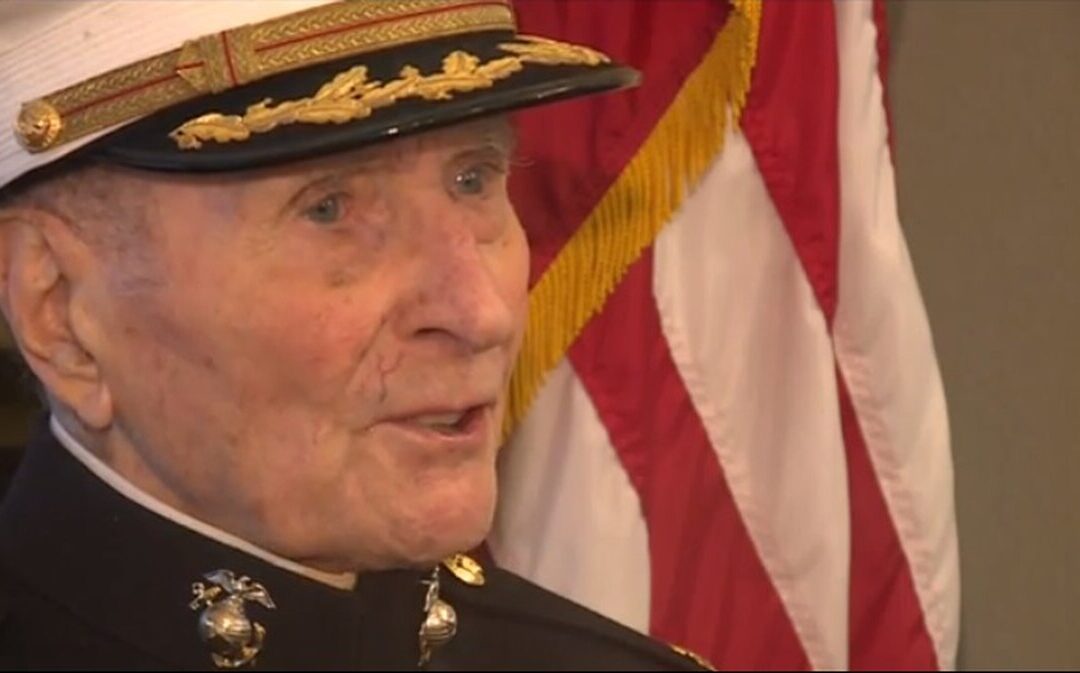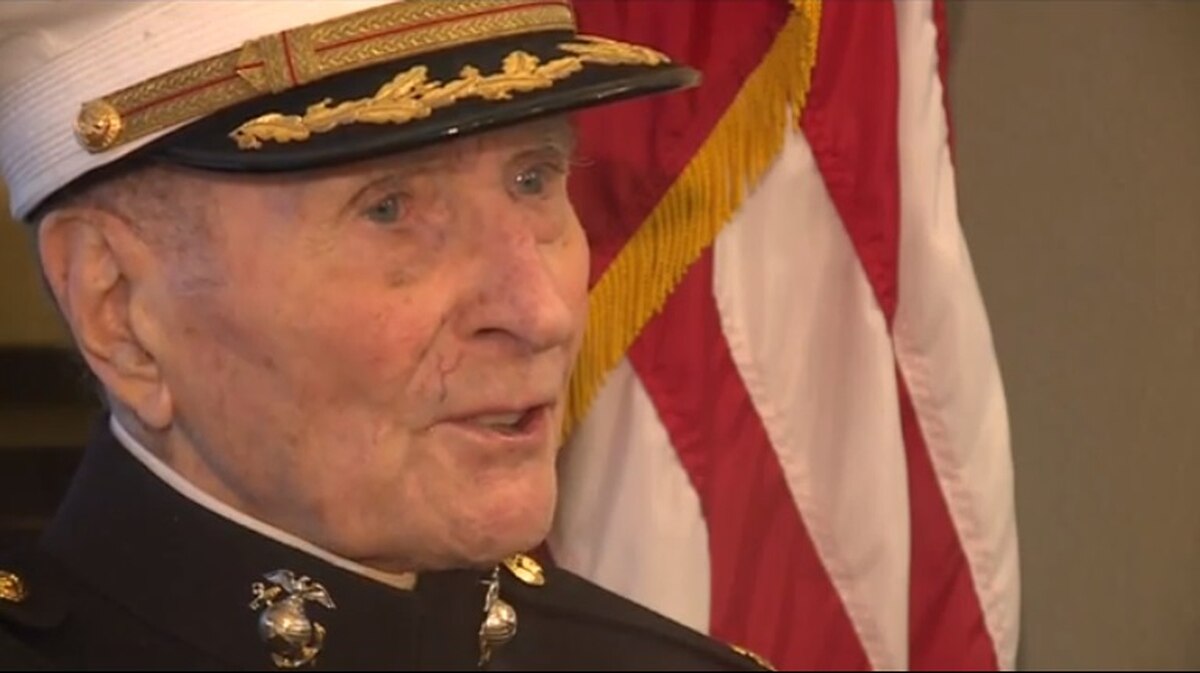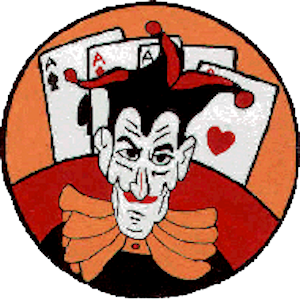Staff Sergeant Reckless (c. 1948 – May 13, 1968), a decorated war horse who held official rank in the United States military, was a mare of Mongolian horse breeding. Out of a race horse dam, she was purchased in October 1952 for $250 from a Korean stableboy at the Seoul racetrack who needed money to buy an artificial leg for his sister. Reckless was bought by members of the United States Marine Corps and trained to be a pack horse for the Recoilless Rifle Platoon, Anti-Tank Company, 5th Marine Regiment, 1st Marine Division. She quickly became part of the unit and was allowed to roam freely through camp, entering the Marines’ tents, where she would sleep on cold nights, and was known for her willingness to eat nearly anything, including scrambled eggs, beer, Coca-Cola and, once, about $30 worth of poker chips.
She served in numerous combat actions during the Korean War, carrying supplies and ammunition, and was also used to evacuate wounded. Learning each supply route after only a couple of trips, she often traveled to deliver supplies to the troops on her own, without benefit of a handler. The highlight of her nine-month military career came in late March 1953 during the Battle for Outpost Vegas when, in a single day, she made 51 solo trips to resupply multiple front line units. She was wounded in combat twice, given the battlefield rank of corporal in 1953, and then a battlefield promotion to sergeant in 1954, several months after the war ended. She also became the first horse in the Marine Corps known to have participated in an amphibious landing, and following the war was awarded two Purple Hearts, a Marine Corps Good Conduct Medal, was included in her unit’s Presidential Unit Citations from two countries, as well as other military honors.
Her wartime service record was featured in The Saturday Evening Post, and LIFE magazine recognized her as one of America’s 100 all-time heroes. She was retired and brought to the United States after the war, where she made appearances on television and participated in the United States Marine Corps birthday ball. She was officially promoted to staff sergeant in 1959 by the Commandant of the Marine Corps. She gave birth to four foals in America and died in May 1968. A plaque and photo were dedicated in her honor at the Marine Corps Base Camp Pendleton stables and a statue of her was dedicated on July 26, 2013 at the National Museum of the Marine Corps in Quantico, Virginia. On May 12, 2018, a bronze statue of Sergeant Reckless was placed and dedicated in the Kentucky Horse Park, Lexington Kentucky.





Recent Comments